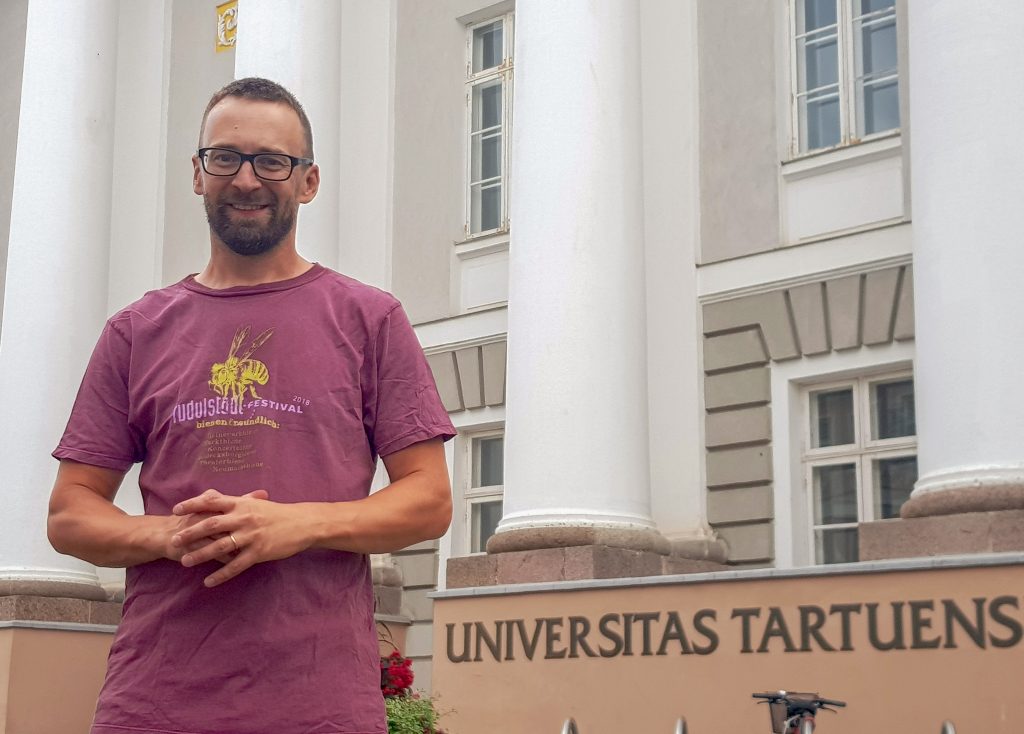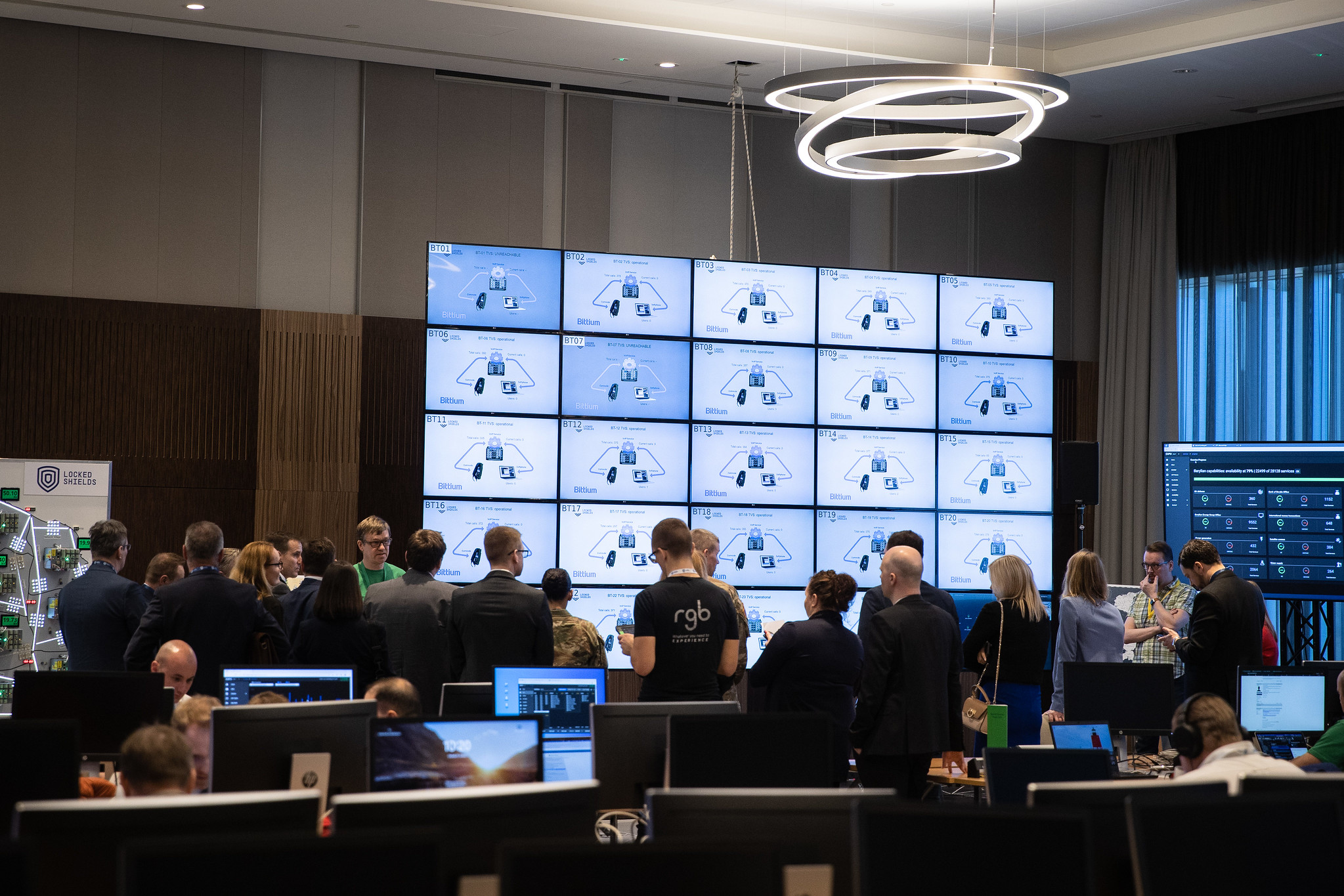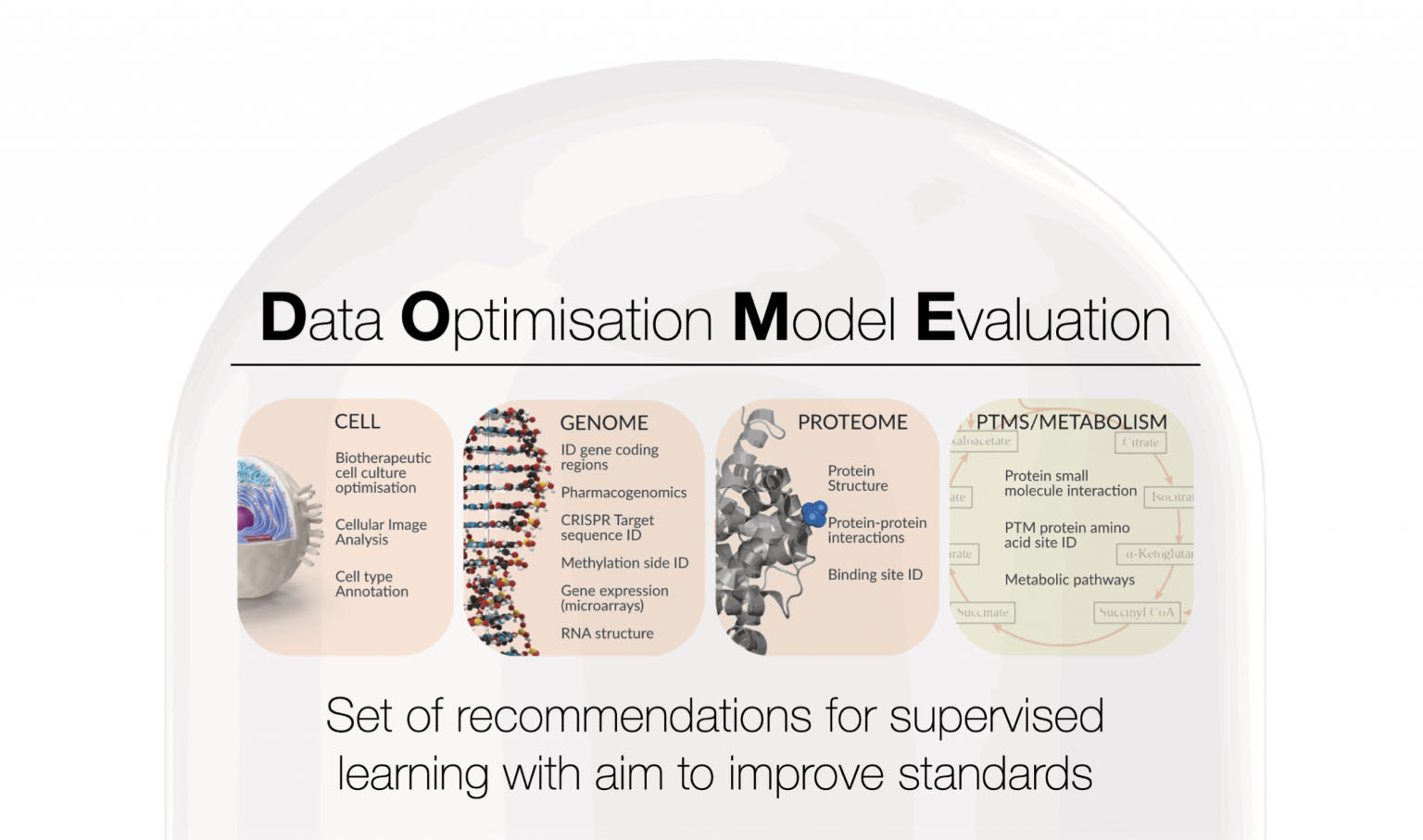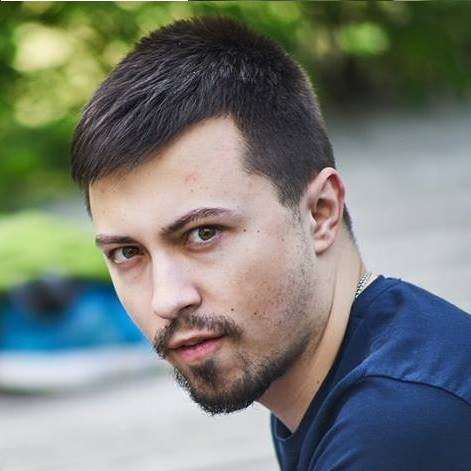On the 29th of August, Sulev Reisberg defended his PhD on “Developing computational solutions for personalized medicine” which is an important step towards clinical application of this new era of medicine.

Each of us has a unique 3-billion-elements-long genetic code called DNA. It defines, how our bodies are built and how they work. It also affects how we develop diseases and respond to drugs. Although most of the direct mechanisms are still unknown, many links between the genetic code and diseases have been discovered as of today. Therefore, doctors want to use this information when treating patients. However, there is a number of hurdles to overcome before discovered associations between DNA and diseases could be turned into practical recommendations on the computer screens of medical doctors. Sulev Reisberg’s dissertation is tackling some of them.
The first question is whether DNA-disease associations are similar in different populations. If they are not, we cannot apply the associations discovered in one population directly to other populations as they could lead to wrong conclusions. In his thesis, Reisberg showed that genetic models tend to be biased towards Europeans and should not be used directly on people from other ancestries because the estimated genetic risk would be incorrect for them.
Genetics also affects how we respond to medications – investigated by a study called pharmacogenomics. Therefore, to get the right effect and avoid adverse drug reactions, the drug dosage should be adjusted individually for each patient. However, this information is currently vague, sometimes lacks direct recommendations, and therefore difficult to use by doctors. In his thesis, a complete workflow is described to test the patient’s DNA against 11 most important pharmacogenes as a whole. This is the first workflow of this kind. It turns out that for almost all people there are some drugs where they need an adjusted dosage based on their genetics.
In order to integrate personalized medicine into the workflows of the doctors, we have to bring the DNA data and computational solutions into their health information systems. As of today, the University of Tartu has started integrating this pharmacogenomics algorithm described above into Estonian state-level health infrastructure so that individual drug dosage recommendations could be provided for everyone that has DNA data available for analysis. Putting these two kinds of datasets together provides also a great opportunity to search for novel associations between genetics and diseases.
In his thesis, Reisberg et al. conducted a study on DNA data from Estonian Biobank and electronic health records from state databases. They showed that this combined dataset is a valuable resource both for validating already published associations and to discover new ones.


